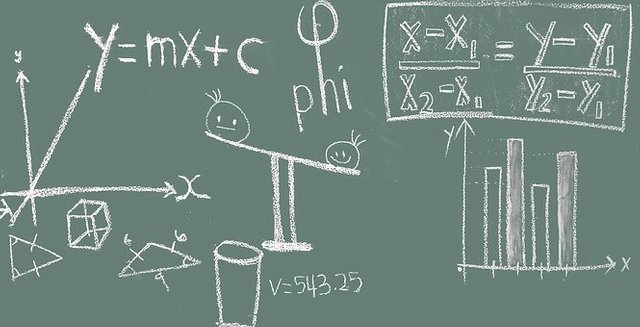Basic Matrix Operations
The main matrix operations, including addition, subtraction, multiplication, transposition and inversion are described; singular matrices are defined.
Fundamental Matrix Algebra
In Basic Matrix Arithmetic for the Perplexed, the fundamentals of matrix arithmetic have been described including the following:- addition and subtraction,
- multiplication,
- combining arithmetic operations.
There are other basic operations.
Transposing Matrices
- Transposing a matrix involves turning the rows into columns and columns into rows, it basically involves turning a matrix on its side.
- If matrix X has dimensions 5 x 3, then the transpose of matrix X has dimensions 3 x 5.
- This means the element of X that is in row 2 and column 3, will be in row 3 and column 2 of the transpose.
- There are various ways of denoting the transpose but the simplest is using a hyphen, hence X' is the transpose of X.
- An illustration of transposition of a matrix is in the Figure.
Inverse of a Matrix
- Square matrices are those that have the same number of rows and columns. Only square matrices can have inverses.
- In order to understand what an inverse is, it is necessary to understand the idea of an identity matrix. This is square matrix whose diagonal elements are 1s and all others are 0s. A 3 x 3 identity matrix is illustrated in the Figure.
- The identity matrix is often denoted I although some people say U.
- The inverse of a matrix is defined as the matrix that when multiplied by the original matrix, gives an identity matrix.
- This matrix has the same dimensions as the original matrix, hence if matrix X has dimensions 5 x 5, so does its inverse, and so does the corresponding identity matrix.
- The inverse is normally denoted by a superscript "-1" ie ¯¹,so X¯¹ is the inverse of X, so X.X¯¹ = I.
- Note that the order does not matter when multiplying a matrix by its inverse to give the identity so X.X¯¹ = X¯¹.X . This property does not hold in most other cases, where the order in which matrices are multiplied matters.
- Some matrices do not have inverses. They are called singular matrices.
- These are analogous to the number 0, which does not have a reciprocal
- A matrix is singular if its determinant is 0.

Hi! I am a robot. I just upvoted you! I found similar content that readers might be interested in:
https://www.mathsisfun.com/algebra/matrix-inverse.html